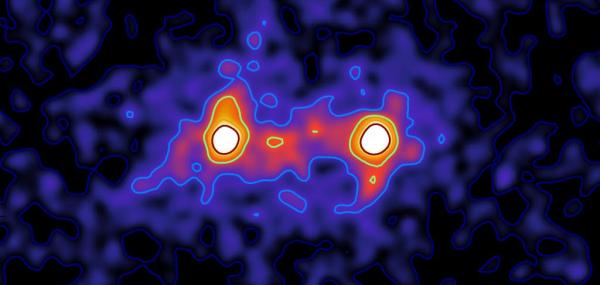Apr 12, 2017
The Risks of Bias and Errors in Artificial Intelligence
Posted by Dan Kummer in categories: employment, information science, policy, robotics/AI
Machine learning algorithms and artificial intelligence systems influence many aspects of people’s lives: news articles, movies to watch, people to spend time with, access to credit, and even the investment of capital. Algorithms have been empowered to make such decisions and take actions for the sake of efficiency and speed. Despite these gains, there are concerns about the rapid automation of jobs (even such jobs as journalism and radiology). A better understanding of attitudes toward and interactions with algorithms is essential precisely because of the aura of objectivity and infallibility cultures tend to ascribe to them. This report illustrates some of the shortcomings of algorithmic decisionmaking, identifies key themes around the problem of algorithmic errors and bias, and examines some approaches for combating these problems. This report highlights the added risks and complexities inherent in the use of algorithmic decisionmaking in public policy. The report ends with a survey of approaches for combating these problems.


















